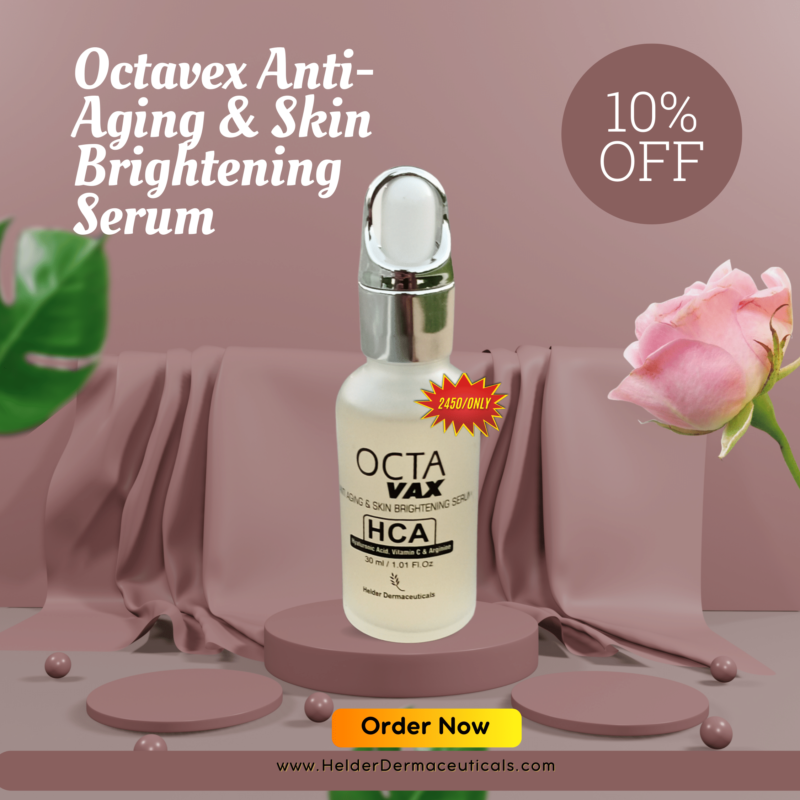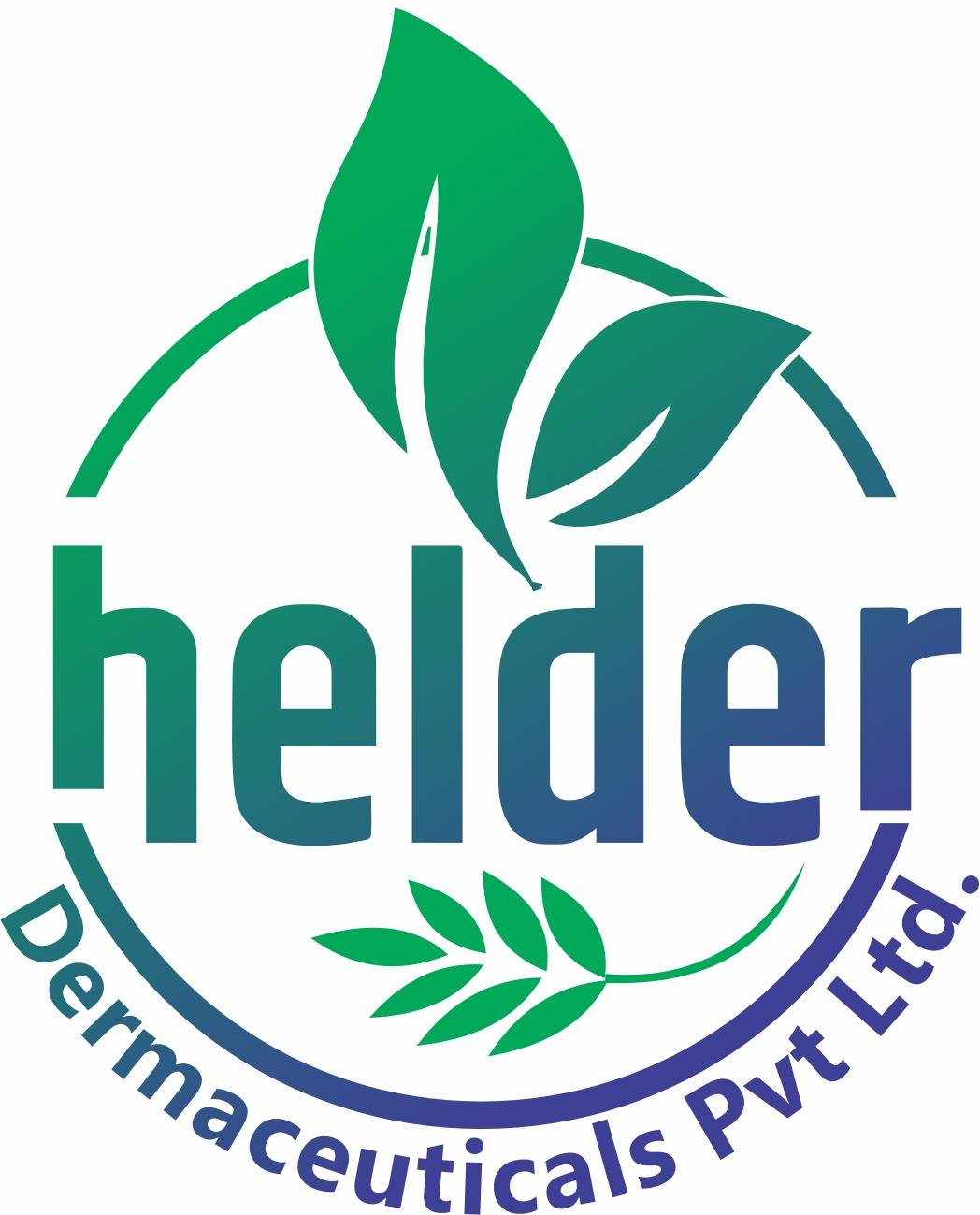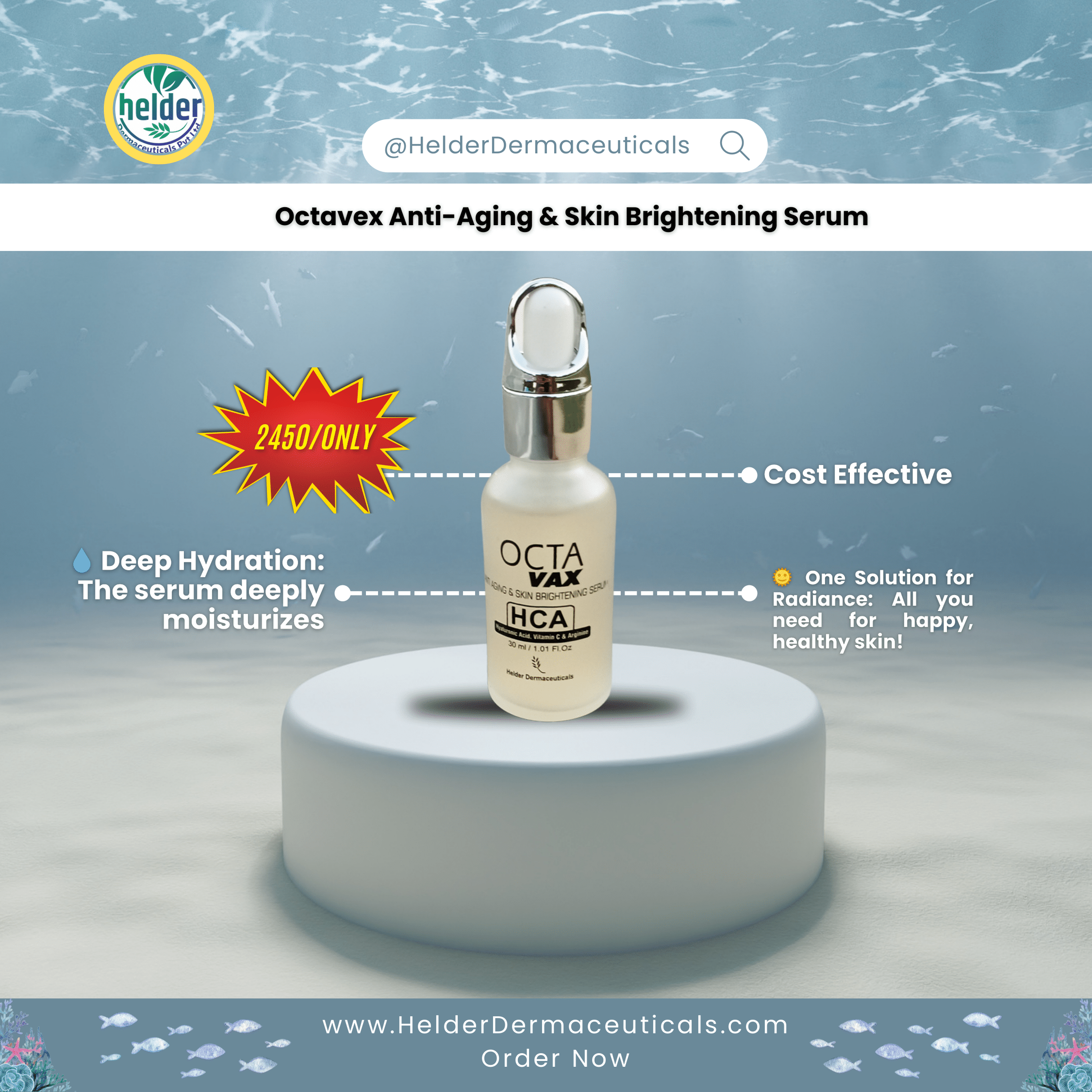In a world increasingly focused on radiant and even-toned skin, the pursuit of a brighter complexion has become a common goal for many. Whether it’s to address dark spots, hyperpigmentation, or simply to achieve a more uniform skin tone, individuals often seek ways to lighten their skin. However, in an unregulated market flooded with products and promises, it’s crucial to understand what truly constitutes effective approaches to skin whitening from a professional, dermatological standpoint. This article will guide you through the science, the safe methods, and the expert advice on achieving your skin goals without compromising your health.
For too long, the term “skin whitening” has been associated with harsh chemicals and dangerous practices. As dermatologists, our primary concern is always the health and safety of our patients. Our aim is not to promote drastic changes in natural skin tone, but rather to help individuals achieve a clearer, more even, and healthier complexion by safely addressing concerns like sun spots, melasma, post-inflammatory hyperpigmentation (PIH), and uneven skin tone. When we talk about effective approaches to skin whitening, we are talking about targeted solutions that improve skin clarity and reduce unwanted pigmentation.
Understanding Skin Pigmentation: The Root of the Matter

Before diving into treatments, it’s essential to understand why skin pigmentation occurs. Our skin color is primarily determined by a pigment called melanin, produced by specialized cells called melanocytes. Factors like sun exposure, hormonal changes (as seen in melasma), inflammation (leading to PIH after acne or injury), and even genetics can stimulate these melanocytes to produce excess melanin, leading to darker patches or an overall duller complexion. Therefore, any truly effective approach to skin whitening must either inhibit melanin production, help remove existing melanin, or prevent its further formation.
Before diving into treatments, it’s essential to understand why skin pigmentation occurs. Our skin color is primarily determined by a pigment called melanin, produced by specialized cells called melanocytes. Factors like sun exposure, hormonal changes (as seen in melasma), inflammation (leading to PIH after acne or injury), and even genetics can stimulate these melanocytes to produce excess melanin, leading to darker patches or an overall duller complexion. Therefore, any truly effective approach to skin whitening must either inhibit melanin production, help remove existing melanin, or prevent its further formation
The Pillars of Safe and Effective Approaches to Skin Whitening
From a dermatologist’s office, the journey to a brighter complexion is built on a few key pillars: proper diagnosis, medically-backed ingredients, professional procedures, and diligent sun protection. These combined form the most effective approaches to skin whitening.
Medically-Backed Topical Ingredients
Topical creams and serums are often the first line of defense and a cornerstone of effective approaches to skin whitening. However, not all ingredients are created equal. Dermatologists recommend ingredients that have been scientifically proven to work safely.
- Hydroquinone: Often considered the gold standard, hydroquinone works by inhibiting the enzyme tyrosinase, which is crucial for melanin production. It is highly effective for reducing hyperpigmentation. While potent, it should be used under medical supervision due to potential side effects like irritation or, rarely, a condition called ochronosis if used improperly for extended periods. It is one of the most effective approaches to skin whitening for stubborn dark spots.
- Retinoids (Tretinoin, Retinol): These Vitamin A derivatives work by increasing skin cell turnover, which helps shed pigmented cells more quickly. They also improve the penetration of other lightening agents. While not primary whitening agents themselves, they significantly enhance other effective approaches to skin whitening.
- Alpha Hydroxy Acids (AHAs) and Beta Hydroxy Acids (BHAs): Glycolic acid (an AHA) and salicylic acid (a BHA) are chemical exfoliants that help to slough off superficial pigmented cells, revealing brighter, newer skin underneath. Regular use of these can be part of a gentle yet effective approach to skin whitening.
- Vitamin C (Ascorbic Acid): A powerful antioxidant, Vitamin C not only protects skin from free radical damage but also helps inhibit tyrosinase activity and brightens the skin. It’s a fantastic addition to any regimen aimed at effective approaches to skin whitening.
- Niacinamide (Vitamin B3): This versatile ingredient works by preventing the transfer of melanin from melanocytes to skin cells, thus reducing pigmentation. It’s well-tolerated and can be used by most skin types, making it a gentle and effective approach to skin whitening.
- Kojic Acid: Derived from fungi, kojic acid also inhibits tyrosinase activity. It’s a popular ingredient in many over-the-counter brightening products and contributes to effective approaches to skin whitening.
- Arbutin: A natural derivative of hydroquinone found in bearberry plants, arbutin offers similar melanin-inhibiting properties but is generally milder, making it a suitable option for sensitive skin and a part of effective approaches to skin whitening.
- Azelaic Acid: Excellent for treating hyperpigmentation, especially post-inflammatory hyperpigmentation from acne. It also has anti-inflammatory properties, which is a bonus.
When using these topicals, consistency is key. Results are not immediate and often require several weeks to months of dedicated use. Combining a few of these ingredients, as formulated in prescription or high-quality over-the-counter products, can be a highly effective approach to skin whitening.
Professional Dermatological Procedures
For more stubborn pigmentation or for those seeking faster results, dermatologists offer a range of in-office procedures. These treatments, when performed by a qualified professional, are among the most effective approaches to skin whitening.
- Chemical Peels: These involve applying a chemical solution to the skin, which causes controlled exfoliation and shedding of the outer layers. Superficial and medium-depth peels can significantly reduce pigmentation, improve skin texture, and promote an even skin tone. Examples include glycolic acid peels, salicylic acid peels, and trichloroacetic acid (TCA) peels. The strength and type of peel depend on the individual’s skin type and the severity of pigmentation.
- Laser Therapy: Various lasers target melanin in the skin, breaking it down into smaller particles that the body can then clear away. Q-switched lasers, Fractional non-ablative lasers (like Fraxel), and Intense Pulsed Light (IPL) are commonly used for sun spots, freckles, and melasma. Laser therapy offers one of the most powerful and effective approaches to skin whitening for specific types of pigmentation. However, it requires careful selection of the right laser and settings to avoid complications, especially in darker skin tones.
- Microdermabrasion: This minimally invasive procedure uses a device to gently abrade the top layer of skin, helping to remove dead skin cells and promote new cell growth. While less potent than chemical peels or lasers, it can be a good complementary treatment for mild pigmentation and to enhance the efficacy of topical products, making it a part of holistic effective approaches to skin whitening.
- Microneedling: This procedure involves creating tiny punctures in the skin to stimulate collagen production and improve the absorption of topical agents. When combined with lightening serums (like those containing Vitamin C or tranexamic acid), microneedling can be an effective approach to skin whitening for certain types of hyperpigmentation.
It is crucial to emphasize that these procedures must be performed by or under the direct supervision of a board-certified dermatologist. Improper use can lead to burns, scarring, or worsening of pigmentation.
3. The Non-Negotiable: Sun Protection
For more stubborn pigmentation or for those seeking faster results, dermatologists offer a range of in-office procedures. These treatments, when performed by a qualified professional, are among the most effective approaches to skin whitening.
- Chemical Peels: These involve applying a chemical solution to the skin, which causes controlled exfoliation and shedding of the outer layers. Superficial and medium-depth peels can significantly reduce pigmentation, improve skin texture, and promote an even skin tone. Examples include glycolic acid peels, salicylic acid peels, and trichloroacetic acid (TCA) peels. The strength and type of peel depend on the individual’s skin type and the severity of pigmentation.
- Laser Therapy: Various lasers target melanin in the skin, breaking it down into smaller particles that the body can then clear away. Q-switched lasers, Fractional non-ablative lasers (like Fraxel), and Intense Pulsed Light (IPL) are commonly used for sun spots, freckles, and melasma. Laser therapy offers one of the most powerful and effective approaches to skin whitening for specific types of pigmentation. However, it requires careful selection of the right laser and settings to avoid complications, especially in darker skin tones.
- Microdermabrasion: This minimally invasive procedure uses a device to gently abrade the top layer of skin, helping to remove dead skin cells and promote new cell growth. While less potent than chemical peels or lasers, it can be a good complementary treatment for mild pigmentation and to enhance the efficacy of topical products, making it a part of holistic effective approaches to skin whitening.
- Microneedling: This procedure involves creating tiny punctures in the skin to stimulate collagen production and improve the absorption of topical agents. When combined with lightening serums (like those containing Vitamin C or tranexamic acid), microneedling can be an effective approach to skin whitening for certain types of hyperpigmentation.
It is crucial to emphasize that these procedures must be performed by or under the direct supervision of a board-certified dermatologist. Improper use can lead to burns, scarring, or worsening of pigmentation.
3. The Non-Negotiable: Sun Protection
For more stubborn pigmentation or for those seeking faster results, dermatologists offer a range of in-office procedures. These treatments, when performed by a qualified professional, are among the most effective approaches to skin whitening.
- Chemical Peels: These involve applying a chemical solution to the skin, which causes controlled exfoliation and shedding of the outer layers. Superficial and medium-depth peels can significantly reduce pigmentation, improve skin texture, and promote an even skin tone. Examples include glycolic acid peels, salicylic acid peels, and trichloroacetic acid (TCA) peels. The strength and type of peel depend on the individual’s skin type and the severity of pigmentation.
- Laser Therapy: Various lasers target melanin in the skin, breaking it down into smaller particles that the body can then clear away. Q-switched lasers, Fractional non-ablative lasers (like Fraxel), and Intense Pulsed Light (IPL) are commonly used for sun spots, freckles, and melasma. Laser therapy offers one of the most powerful and effective approaches to skin whitening for specific types of pigmentation. However, it requires careful selection of the right laser and settings to avoid complications, especially in darker skin tones.
- Microdermabrasion: This minimally invasive procedure uses a device to gently abrade the top layer of skin, helping to remove dead skin cells and promote new cell growth. While less potent than chemical peels or lasers, it can be a good complementary treatment for mild pigmentation and to enhance the efficacy of topical products, making it a part of holistic effective approaches to skin whitening.
- Microneedling: This procedure involves creating tiny punctures in the skin to stimulate collagen production and improve the absorption of topical agents. When combined with lightening serums (like those containing Vitamin C or tranexamic acid), microneedling can be an effective approach to skin whitening for certain types of hyperpigmentation.
It is crucial to emphasize that these procedures must be performed by or under the direct supervision of a board-certified dermatologist. Improper use can lead to burns, scarring, or worsening of pigmentation.
No discussion of effective approaches to skin whitening is complete without highlighting the absolute necessity of sun protection. Melanin’s primary role is to protect the skin from UV radiation. When skin is exposed to the sun, melanocytes produce more melanin as a protective mechanism, undoing any lightening efforts.
- Daily Sunscreen Use: Apply a broad-spectrum sunscreen with an SPF of 30 or higher every single day, regardless of weather or whether you’re indoors or outdoors. Reapply every two hours, especially if sweating or swimming. This is the single most important step in preventing new pigmentation and maintaining results from any effective approach to skin whitening.
- Protective Clothing: Wear wide-brimmed hats, sunglasses, and UV-protective clothing, especially during peak sun hours (10 AM to 4 PM).
- Seek Shade: Whenever possible, stay in the shade.
Sun protection isn’t just about preventing new spots; it’s about allowing your skin to heal and respond to treatments without constant re-stimulation of melanin production. Without it, even the most aggressive and effective approaches to skin whitening will yield temporary or unsatisfactory results.
Important Considerations from a Dermatologist
Patch Testing: Before applying any new product to your entire face, especially those with active ingredients, perform a patch test on a small, inconspicuous area (like behind the ear or on your forearm) to check for allergic reactions or irritation.
Patience and Consistency: Achieving lighter, more even skin is a gradual process. Expect to see noticeable improvements over weeks to months, not days. Consistency with your chosen regimen is paramount for effective approaches to skin whitening.
Avoid Unregulated Products: Steer clear of products that promise instant results or contain unknown ingredients. These often contain high, unregulated concentrations of harmful substances like mercury or steroids, which can lead to severe side effects including permanent skin damage, thinning, and systemic health problems. Always opt for products recommended by dermatologists or from reputable brands.
Individualized Treatment Plans: What works for one person may not work for another. Skin type, the cause of pigmentation, and overall health status all play a role. A dermatologist will assess your specific needs and create a personalized treatment plan, ensuring you follow the most effective approaches to skin whitening for your unique situation.
Managing Expectations: It’s important to have realistic expectations. Skin whitening is about achieving an even, clear complexion, not necessarily changing your inherent skin tone drastically. The goal is healthy, radiant skin.


